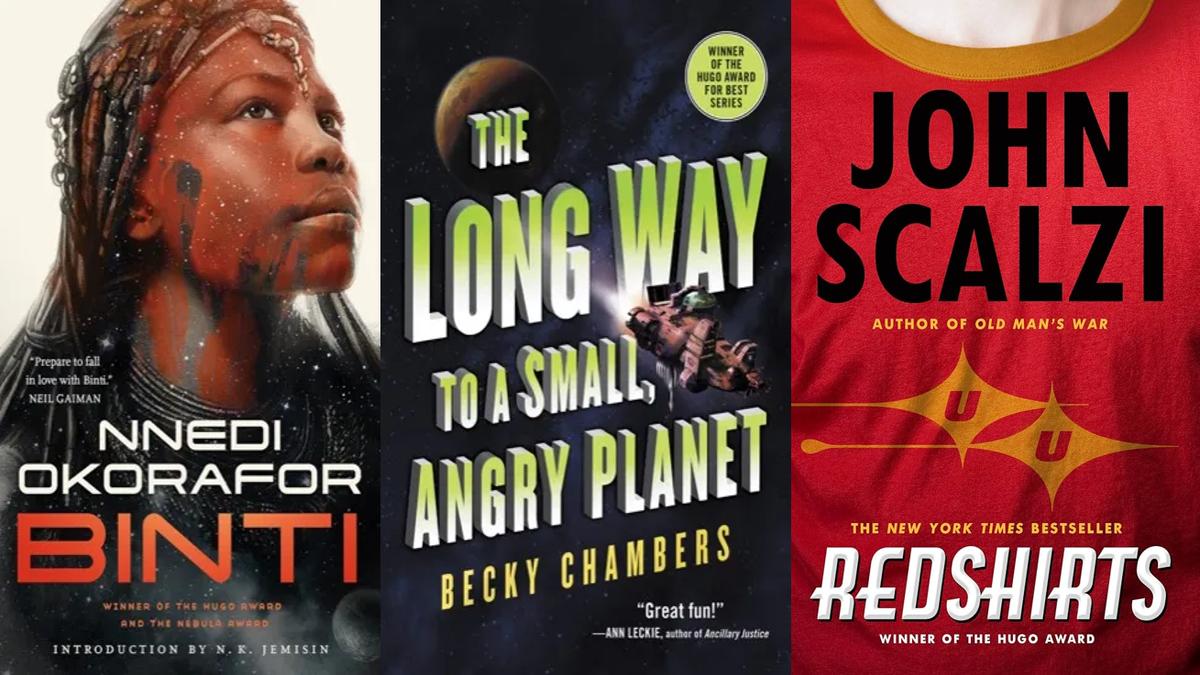
As per 90% of science fiction writers, the future holds little optimism. From the start of the genre, the top minds in sci-fi have been envisioning the various ways the world might end. Invasion by aliens. Environmental catastrophe. Black holes. Artificial intelligence domination. The sun exploding. Space-based mold. The list continues. If you’re seeking science fiction adventures that don’t lead to a sorrowful conclusion, fasten your seatbelts with these optimistic authors. They have penned the 10 top science fiction books featuring positive endings. NotthoseSomewhat happy conclusions, stop thinking about the explicit Booktok area.
This Is How You Lose the Time War
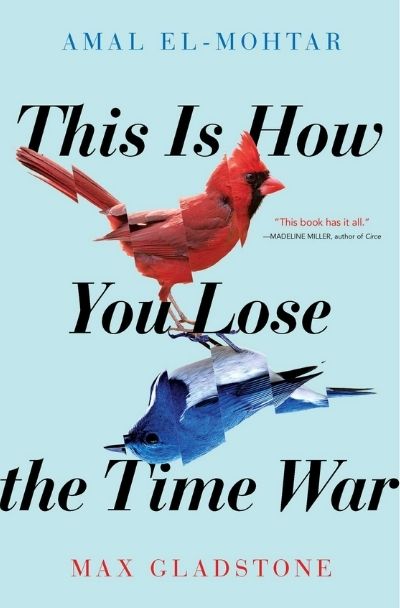
This is how you lose the time warby Amal El-Mohtar and Max Gladstone is a science fiction romance that, unlike the typical outcome of queer literary relationships, does not feature one or both partners dying in a profoundly tragic manner. A novel written through letters,Time War illustrates the connection between Red and Blue – two individuals engaged in a temporal conflict for their respective sides. Composed using actual letters exchanged between the two writers, this book traces Red and Blue’s love story from fierce opponents to loyal supporters. Semi-spoiler warning: this novel will likely trick you into believing it will conclude with a tragic ending, due to the selfless act one partner performs for the other. But rest assured, dear reader, when commitment to time is more of a guideline than an absolute rule of science, anything can happen.
The Martian
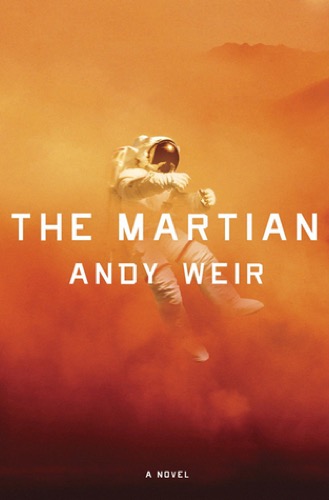
You’ve watched the Hollywood film featuring Matt Damon, you’re aware of how this book concludes. Andy Weir’sThe MartianThe tale follows a Boston-based math prodigy who grew up in a tough neighborhood and encounters a gentle therapist — but that’s from another story. This one centers on an astronaut who becomes stranded on Mars when his crewmates erroneously believe he’s dead (what a terrible mistake). Trapped on the Red Planet, our determined protagonist must discover ways to stay alive — by cultivating potatoes in Martian soil and figuring out how to send a message home in a manner similar to E.T. I struggle to grow even a single potato in regular Earth soil. The idea that this individual can manage it in a completely airless environment is quite hopeful. Spoiler: he eventually returns home. However, it’s the journey itself, rather than the ending, that makes this book so hard to set aside.
The Long Way to a Small, Angry Planet
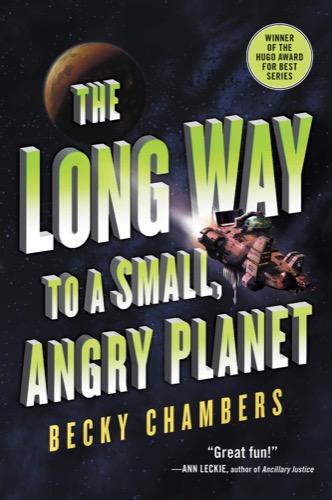
The Long Way to a Small, Angry Planetis a book written by Becky Chambers, a well-known figure in the solarpunk and hopecore science fiction genre. If you’re searching for something warm, LGBTQ+ friendly, and set in a high-tech future, you’ll find that all of her novels match this description. This story follows a group of diverse spaceship crew members who are tasked with exploring wormholes across the stars to enable faster-than-light travel. However, the narrative isn’t centered around the mission itself, but rather the characters. onthe objective. Not the lightyears separating stars, but the inches between hearts – human and alien. Who are these individuals? Why did they choose this solitary role? How do they feel towards one another? Spoiler alert: by the end of the book, the answer to that final question is that they have all become part of a chosen family.
Binti
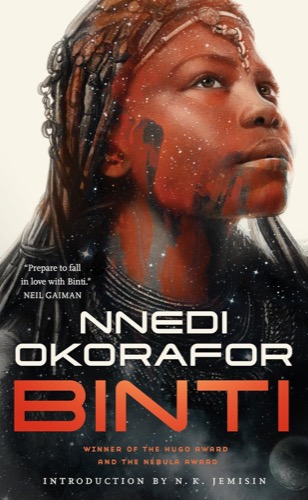
Nnedi Okorafor’s Binticenters around a young woman’s aspiration to attend space college, which is abruptly destroyed by an alien attack. While traveling to one of the most prestigious universities in the galaxy, young Bent’s ship is attacked by the Meduse – a jellyfish-like alien species inspired by Lovecraft’s creations. Unlike typical cosmic horrors, these aliens have motivations that are not only understandable – they’rejustifiedAfter Binti becomes friends with a Meduse, she discovers that her upcoming university is responsible for taking a valuable cultural item from the species – similar to the British Museum. Although I wouldn’t describe the novel as vague and heartwarming, it ultimately offers an uplifting perspective. Binti starts to connect the gap between her own species and the Meduse, allowing both to move forward together (with tentacles?) toward recovery.
Contact
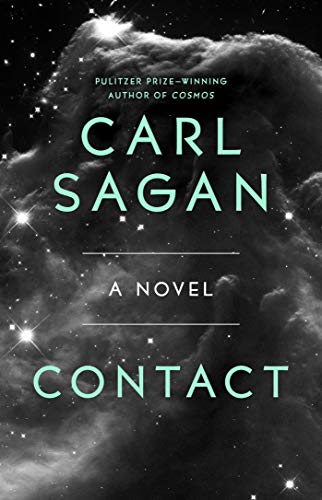
Authored by the ultimate science fiction enthusiast Carl Sagan,Contact is a treasured part of the Titanic scientist’s literary heritage. It tells the tale of Ellie, a young genius who becomes a Harvard graduate and is tasked with uncovering why Adolf Hitler’s voice is echoing beyond the stars. Indeed. Humanity has intercepted a retransmission of Hitler’s 1936 Olympic speech, which, unfortunately, was the first TV signal to escape Earth’s atmosphere. Is Ellie facing space-Nazis? Fortunately, no—just an alien race that happened to catch a broadcast from humanity’s most infamous figure. Following a technological arms race among countries, Ellie strives to guide her team toward the ultimate frontiers of science. In contrast to more bleak portrayals of human-alien interactions in literature,ContactHer argument is that the presence of aliens is a positive development. After all, we are not alone.
The Space Between Worlds
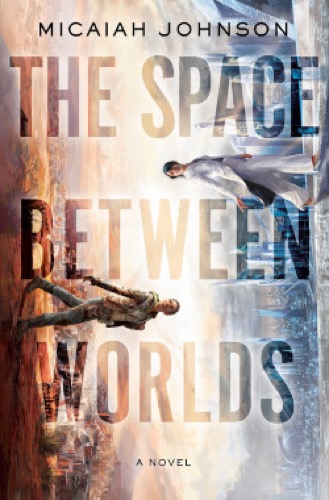
Micaiah Johnson’s The Space Between Worldsis located in a bleak future where companies make money frommultiplerealities, but don’t be concerned, things improve. Now that individuals can jump between parallel universes as long as their alternate versions are deceased at the destination, big companies have discovered a method to profit from this quantum physics puzzle. Cara has been employed by a large corporation because of her alternates’ exceptionally poor luck, with most of them perishing in their desolate worlds. Assigned to gather data from other worlds for her superiors, Cara starts to think about submitting her resignation after one of her remaining alternates dies under questionable conditions. Reading this book is like watching a successful class-action lawsuit unfold in real time – only much more thrilling and with far less legal language. In the end, and unlike what happens with taxes, the company covers the cost.
Redshirts
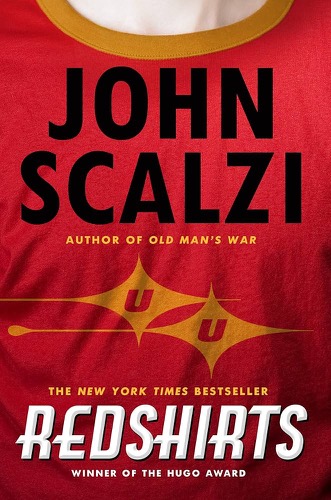
Named for the tragic secondary characters scattered throughoutStar Trek‘s run, Redshirtsmocks one of science fiction’s most well-known conventions. The story centers around the crew of a spaceship stationed onIntrepid, whose lower-level members continue to perish in increasingly strange and violent ways. While most of the crew believes the ship is cursed, one individual has a different theory: they are all part of a TV show, with their deaths pre-written. A postmodern science fiction story about a group of people who come to realize they are living within the minds of a writing team, this novel includes not one, butmultiple conclusions – spanning from fairly hopeful to completely positive. Not all will reach season 2, but those who do will remain alive until the final episode of the series at minimum.
Semiosis
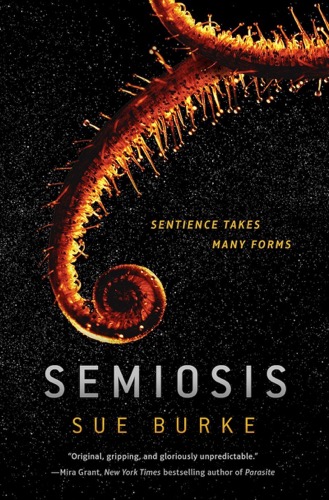
Sue Burke’s Semiosis is a tale involving plants, and the reason you shouldn’t believe in them. That succulent on your window? It’s scheming against you. Following a group of colonists who arrive on a hot jungle planet, they start to think that the native plants arewatchingthem. After mastering the art of communication with a very manipulative type of bamboo, their concerns are validated. Although the book mainly focuses on humanity’s connection to a plant that communicates like your most difficult ex, events improve when the species put aside their disagreements to confront a more significant threat. After all, the enemy of my enemy is my houseplant. It’s basically a non-downer version ofThe Ruins, which if you haven’t read, is one of the most desolate portrayals of human-plant interactions – those vines are poisonous in every way possible.
The Calculating Stars
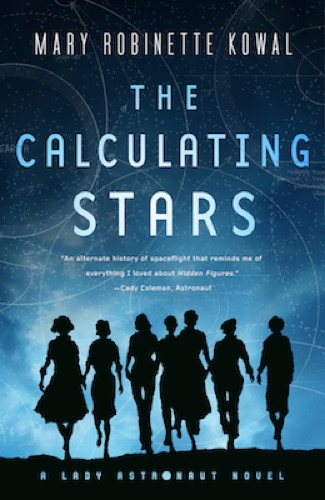
The Calculated Starsby Mary Robinette Kowal is an alternate history science fiction tale where events take a different turnvery badFor mid-century humanity, things improve as the years go by. Following a meteorite impact on the East Coast (which destroyed much of the American government), mathematician and ex-pilot Elma York is brought in to assist the planet. In her view, the planet’s time has come to an end. After sharing her grim climate change forecasts with remaining politicians, the (new) president tasks her with initiating a space colonization project. This is not a story that concludes with the salvation of the human race, but rather focuses on one woman’s struggle against social challenges and her journey to space as a female astronaut. It remains uncertain whether humanity will survive by the end of the novel, but Elma succeeds regardless.
All Systems Red
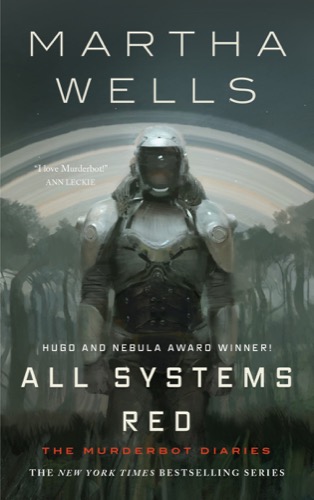
While The Murderbot Diaries Just by the title, it seems like a biography of violence, the series’ first novelAll Systems Red challenges assumptions to share a tale of human interaction. Well, in a way, human interaction. The former security robot “Murderbot” has chosen to go against its programming and spend its time watching human daytime dramas, which astonishes the security company that created it. As Murderbot gradually and secretly gains independence, it starts to wonder about its sense of self, its purpose, and the human research team it is tasked with safeguarding. Continuing the legacy of Isaac Asimov’s explorations into robot consciousness, All Systems Red there is a story about an artificial entity’s effort to experience a genuine life—quietly resisting the intentions of its overseers. Murderbot simply desires to watch television and be left in peace, and although this may seem like a bleak existence for others, it brings this robot more happiness than anything else.

